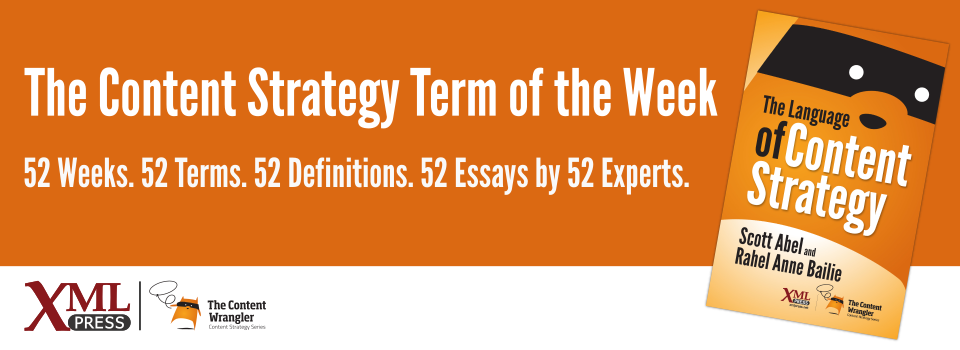What is it?
The art and science of structuring information (knowledge) to support findability and usability.
Why is it important?
Allows for intuitive navigation and quick access to relevant content, supports interaction with content (usability), and makes the body of content both maintainable and extensible.
Why does a content strategist need to know this?
Information Architecture (IA) is both a process and a product. The process involves analyzing a body of content—a domain—to understand its components, the relationships among them, and their behavior; identifying the organizing principles; and designing a conceptual model that captures the underlying structure. The product is the conceptual model.
A typical IA model will feature one or more hierarchical structures (shown diagrammatically as inverted trees, with leaves at the bottom) with a secondary network structure. Hierarchies arise from the nesting of categories and sub-categories. In the digital world, a single piece of information (a leaf on the tree) can be part of more than one hierarchy, using a faceted categorization scheme. Relationships between components within or across hierarchies are allowed. This cross-linking (via hyperlinks) results in a secondary network structure.
Good IA results in a body of content that is:
-
Easy to navigate and search: A conceptual model that matches your users’ existing mental models allows them to navigate intuitively using recognition memory. Search results show more helpful context.
-
Usable: Standard conventions for search allow your users to draw on existing knowledge to complete tasks. Structured presentation of dynamic content enhances usability.
-
Maintainable: A defined structure ensures new instances of existing types of content—for example, meeting minutes—have a designated place.
-
Extensible: A growth plan ensures that your IA structure can be enhanced without massive re-organization.
In addition, clear IA informs the graphical design process, contributing to a coherent look and feel across the content domain.

